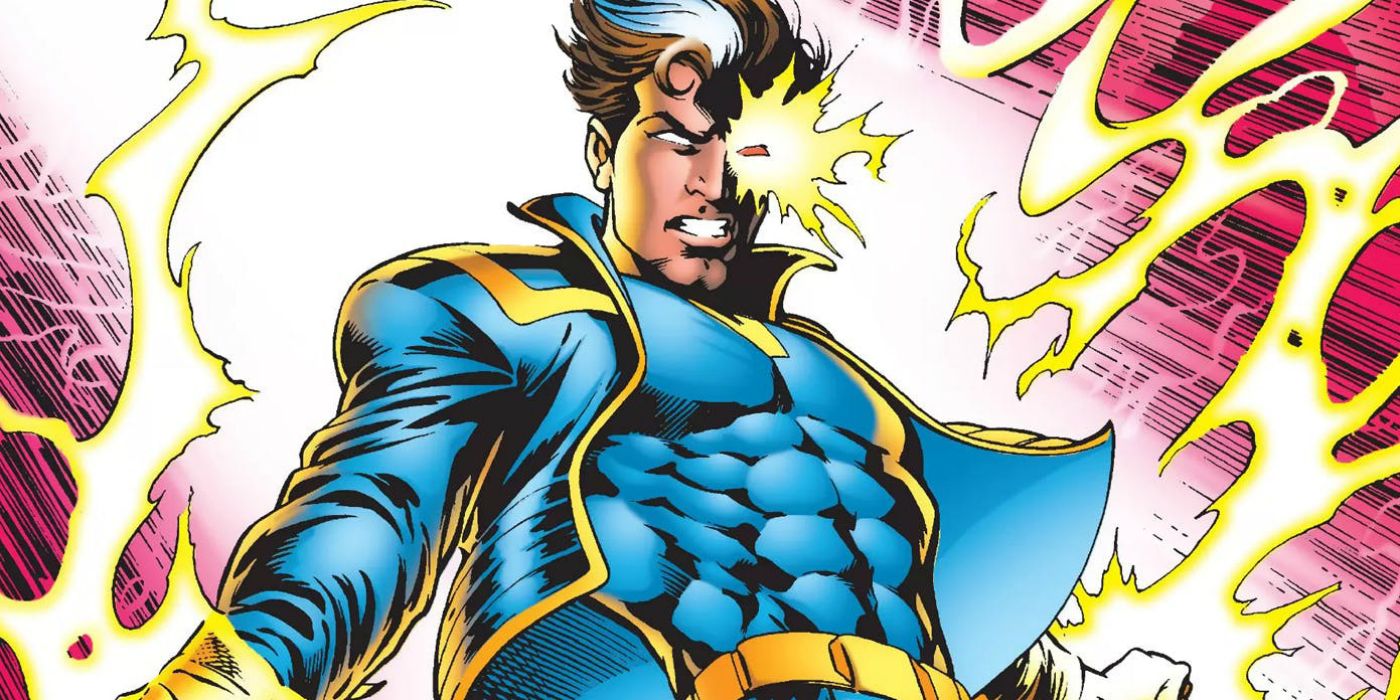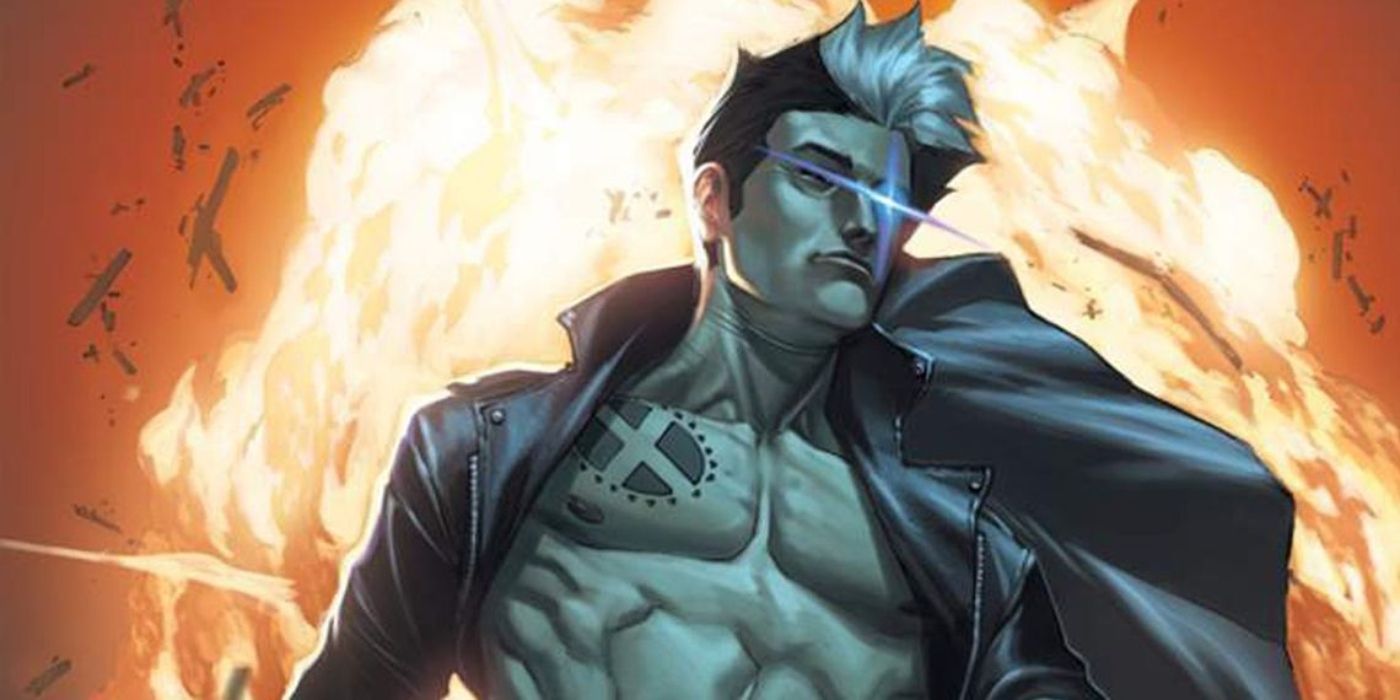
When it comes to superheroes like the X-Men, more power may seem like a good thing, but that isn’t always the truth. Sometimes, abilities are so wide-reaching that they become a solution to everything. The mutants wielding them need impossibly big problems, in response, and eventually fade into the background without them.
The X-Men have counted many powerful mutants in their ranks during their long decades in the Marvel Universe, but stronger does not always equate to more time on the page. From insurmountable “problem-solving” skills to death-defying healing, these X-Men can do it all, and that’s their problem. With practically no upper limit on their abilities, it’s difficult to come up with problems they can’t solve. What would be challenging for others takes minimal effort for them, resulting in near-permanent shelving.
10
Synch’s Mimicry Eliminates Every Problem
First Appearance: X-Men #36 by writer Scott Lobdell and artist Chris Bachalo
Synch, or Everett Thomas, originally had the muant ability to mimic the powers of others with the X-Gene. His mimicry was similar to Rogue’s, without the obvious downsides, but was enhanced during the X-Men’s Krakoan era to the point of making him both the ultimate problem-solver and impossible to write.
Instead of mimicking powers from mutants in his vicinity, Synch can access powers from any superhuman through memory alone. Given the vast array of ultra-powerful mutants and other beings he’s met, this essentially means there’s nothing he can’t do. Unless Marvel dampens his powers somehow, he’s out of the picture.
9
Elixir’s Biokinesis Erases the Line Between Life and Death
First Appearance: New Mutants #5 by writers Nunzio DeFilippis, Christina Weir, and artist Keron Grant
Classified as an omega-level mutant thanks to his incredible biokinesis, Josh Foley, or Elixir, can do virtually anything with biological material. From regrowing organs to reversing death itself and inducing it all over again, he’s so powerful that Magneto once theorized he’d be capable of resurrecting Genosha on his own.
Despite playing such a theoretically crucial role for the mutant nation, he’s done very little in terms of speaking roles or character growth in many years.
Instead, Elixir became one of The Five responsible for Krakoa’s Resurrection Protocols. Despite playing such a theoretically crucial role for the mutant nation, he’s done very little in terms of speaking roles or character growth in many years. Unless he’s put in a fully inorganic world, he’s simply too strong.
8
X-Man Renders Reality Useless
First Appearance: X-Men #1 by writer Joseph Loeb and artist Steve Skroce
Anyone with the last name Grey is bound to be powerful, but Nate Grey takes things to another level. Not only does X-Man have mind-blowing talent with telepathy and telekinesis, but he’s able to warp energy, time, and reality itself. Mister Sinsiter created him to be powerful, and he succeeded.
X-Man’s powers are so extreme that he inadvertently resurrected Madelyne Pryor, started an entire timeline and world with Age of X-Man, and may very well rival the Phoenix itself in raw power. As with others on that list, he’s too extreme to fit into stories as anything but a problem.
7
Legion is a Psychic Powerhouse
First Appearance: New Mutants #26 by writer Chris Claremont and artist Bill Sienkiewicz
No child of Charles Xavier stands any chance of being “average” and that’s certainly true for David Haller, aka Legion. Virtually abandoned by his father, David exists with multiple personalities and a slew of different and evolving powers that are difficult for Legion, the X-Men, and writers to properly manage.
A mutant whose gift is essentially power generation, which looks like everything from dimensional travel to psychic control, can do just about anything. Rather than being slowed down by his struggles, Legion tends to grow in power, constantly getting too big to handle unless he’s actively suppressing his vast power.
6
Hope Summers Really is a Messiah
First Appearance: X-Men #205 by writer Mike Carey and artist Chris Bachalo
Since her initial creation, Hope Summers has been a major player on the field for the X-Men. Hailed as the mutant messiah and the answer to ushering new mutants into the world after Scarlet Witch decimated the mutant population on M-Day, Hope always had a lot riding on her shoulders.
While her power mimicry and unique ability to enhance the powers of others was a boon for major events, it’s impossible to make her “small” enough for regular stories.
While her power mimicry and unique ability to enhance the powers of others was a boon for major events, it’s impossible to make her “small” enough for regular stories. For now, she rests easy, having been the catalyst for returning the Phoenix to Jean Grey, and her future is uncertain.
5
Husk Can Alter Herself Infinitely
First Appearance: X-Force #32 by writer Fabian Nicieza and artist Tony S. Daniel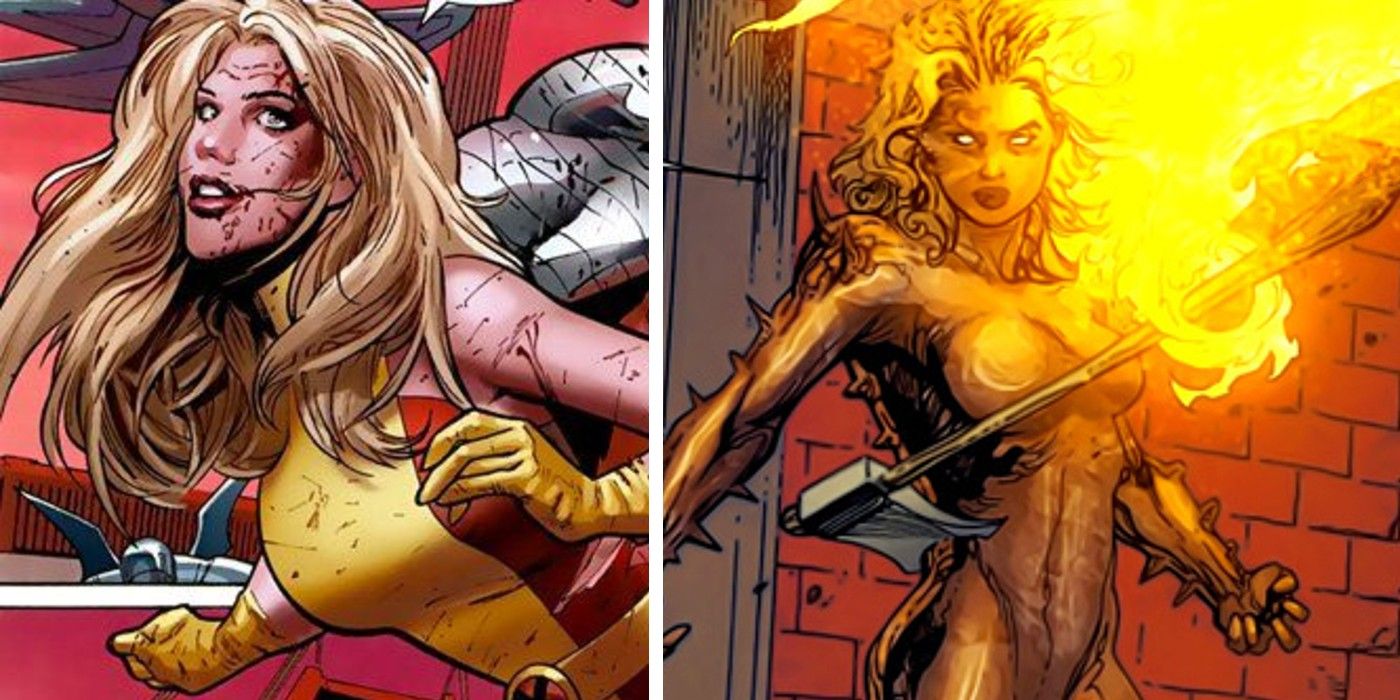
While Husk, or Paige Guthrie, comes from a prolific mutant family that sent several of its children to Xavier’s school over the years, she doesn’t get nearly as much attention as some of her siblings. It’s a shame, given that she has one of the most unique mutant powers around.
What should be a blessing is instead her downfall. Husk can shed her skin, with each new “layer” being a different material, with her X-Gene having seemingly no limit. In theory, Paige could become anything, rendering her both simultaneously indestructible and hard to include, despite joining Wolverine’s school and other teams.
4
Proteus’ Possession Goes Too Far
First Appearance: Uncanny X-Men #125 by writer Chris Claremont and artist John Byrne
Proteus is the third member of Krakoa’s “The Five” to make this list, joining Hope and Elixir, and he’s earned the honor thanks to his ability to possess other mutants. Although he was a hero on Krakoa and crucial to the Resurrection Protocols, he’s spent more time as a villain.
Composed entirely of psionic energy, Proteus is effectively immortal and able to possess almost anyone. He taps into memories alongside sometimes wearing his host bodies to death. Since he doesn’t have a physical form of his own, Krakoa is no more, and he hasn’t turned evil again, he’s effectively benched.
3
Magma’s Powers Are Earth-Shattering
First Appearance: New Mutants #8 by writer Chris Claremont and artst Sal Buscema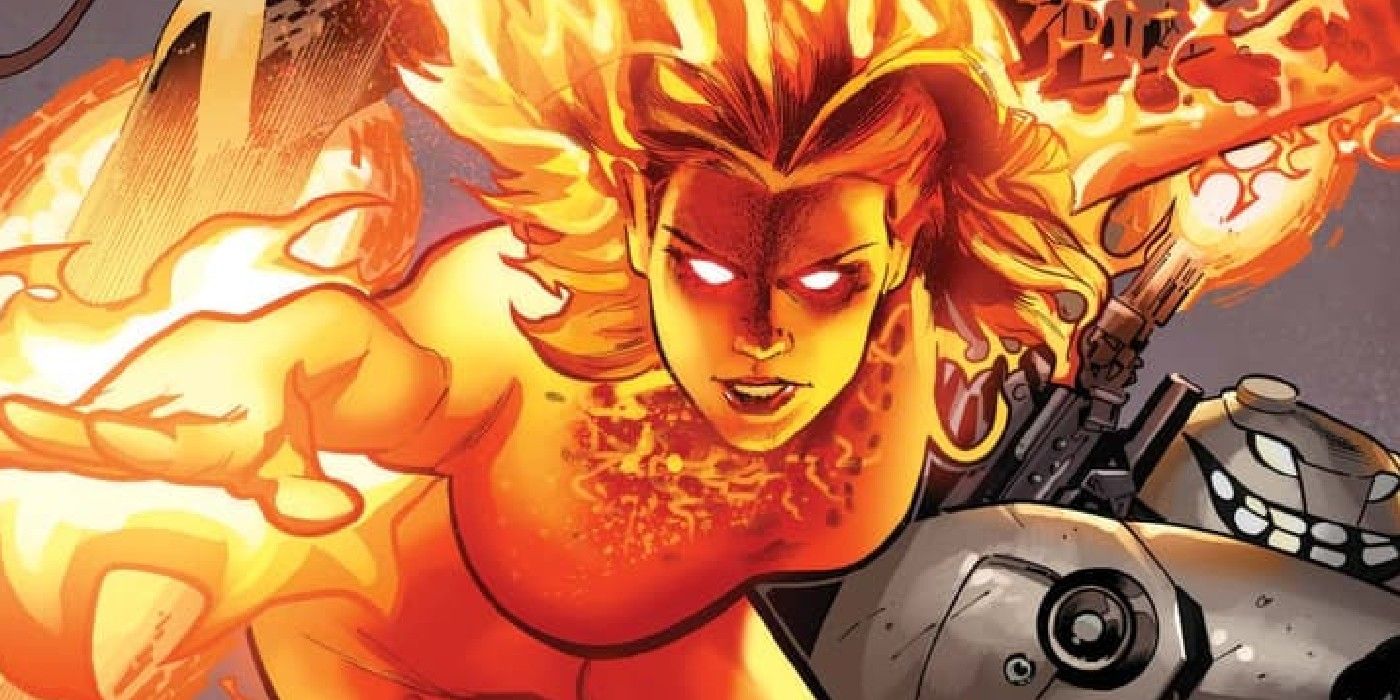
Amara Aquilla, aka Magma, is of both New Mutants and Hellions fame, but her geothermal abilities aren’t easy to work into the average story. Magma has such incredible control over the earth beneath her feet that she can alter and change tectonic plates, potentially causing natural-disaster level impacts and earthquakes.
Although she’s spent plenty of time on various X-teams through the years, she’s quietly faded into the background recently, with no signs of taking the spotlight again. Instead, other mutants with earth-based powers like Rictor sometimes step in to fill roles that might otherwise go to Aquilla, leaving her out.
2
Darwin’s Adaptations Might Be Too Intimidating
First Appearance: X-Men: Deadly Genesis #2 by writer Ed Brubaker and artist Trevor Hairsine
Unlike several others on this list, Darwin enjoyed recent onscreen attention thanks to his role in the animated X-Men ’97 series. Unfortunately, that hasn’t exactly translated into a central role in the comics just yet. True to his codename, his reactive adaptation simply solves too many problems to be utilized.
Similarly to Synch, it boils down to being too versatile. Since he’s constantly changing in reaction to his environment, Darwin is ready to face practically any situation, making him more prepared for things that would be a bigger issue for other mutants. That cuts down on drama and his stories.
1
Franklin Richards’ Was Too Powerful to Remain a Mutant
First Appearance: Fantastic Four Annual #6 by Stan Lee and Jack Kirby
Last but certainly not least is Franklin Richards, golden child of the Fantastic Four, reality warper extraordinaire, and all-around unstoppable powerhouse. The argument here is not that Franklin Richards was “left behind” completely, but his incredible power was almost certainly a factor in the boy being ousted from mutantkind’s ranks.
Franklin displays powers beyond many omega-level mutants, and can rewrite reality to the point of suppressing his own powers, changing his biology, and creating entire worlds. Supposedly, that power created a false X-Gene, putting his mutant status into eternal limbo. Franklin is easy to find, but not with the X-Men.
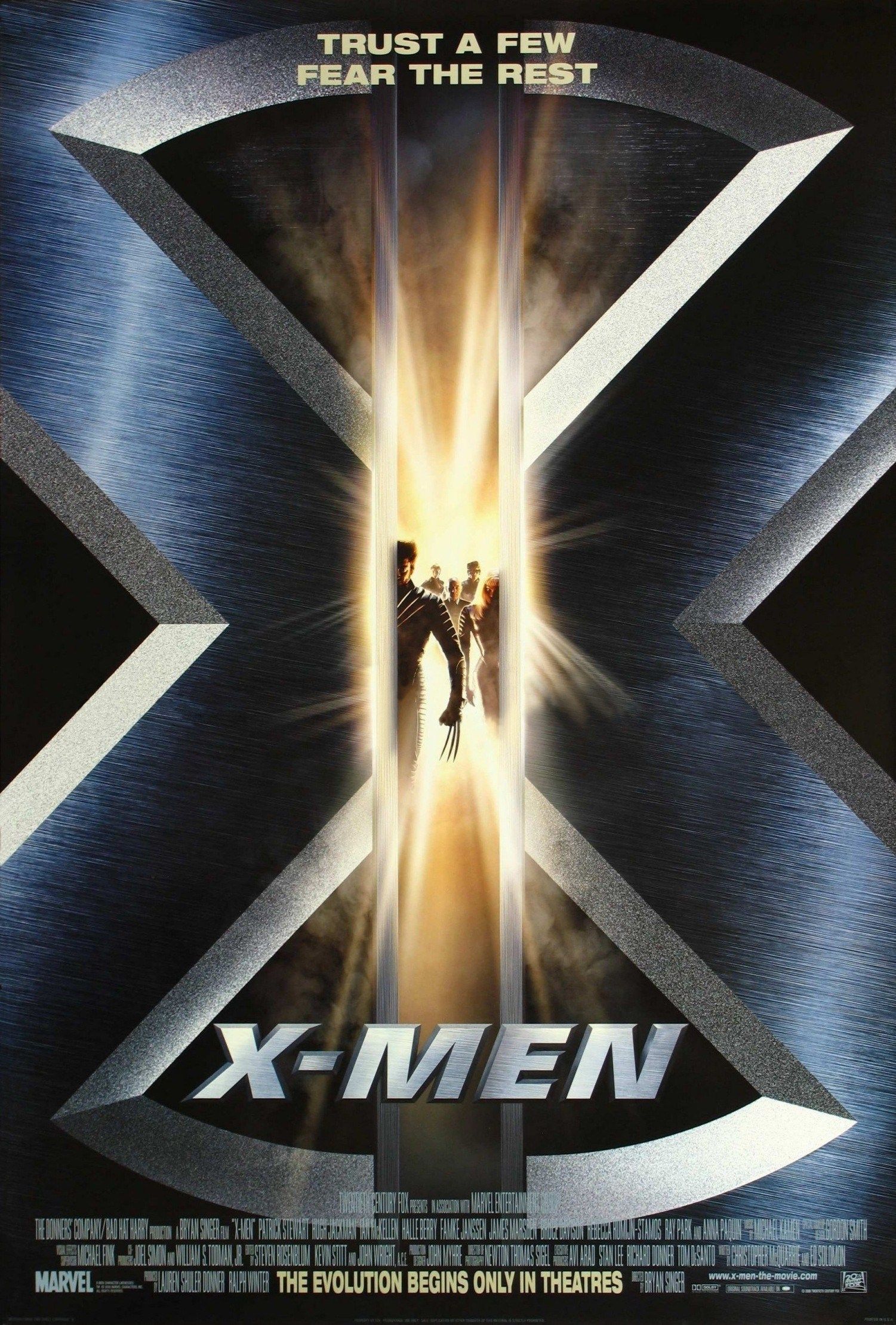
- Movie(s)
-
X-Men (2000), X2, X-Men: The Last Stand (2006), X-Men Origins: Wolverine (2009), X-Men: First Class (2011), The Wolverine (2013), X-Men: Days of Future Past (2014), Deadpool (2016), X-Men: Apocalypse (2016), Logan (2017), Deadpool 2 (2018), Dark Phoenix (2019), The New Mutants, Deadpool & Wolverine (2024)
- First Film
-
X-Men (2000)
- TV Show(s)
-
X-Men: Pryde of the X-Men, X-Men (1992), X-Men: Evolution (2000), Wolverine and the X-Men (2008), Marvel Anime: Wolverine, Marvel Anime: X-Men, Legion (2017), The Gifted (2017), X-Men ’97 (2024)
- Character(s)
-
Professor X, Cyclops, Iceman, Beast, Angel, Phoenix, Wolverine, Gambit, Rogue, Storm, Jubilee, Morph, Nightcrawler, Havok, Banshee, Colossus, Magneto, Psylocke, Juggernaut, Cable, X-23
- Video Game(s)
-
X-Men: Children of the Atom (1994), Marvel Super Heroes (1995), X-Men vs. Street Fighter (1996), Marvel Super Heroes vs. Street Fighter (1997), Marvel vs. Capcom (1998), X-Men: Mutant Academy (2000), Marvel vs. Capcom 2: New Age of Heroes (2000), X-Men: Mutant Academy 2 (2001), X-Men: Next Dimension (2002), Marvel vs. Capcom 3: Fate of Two Worlds (2011), Ultimate Marvel vs. Capcom 3 (2011), X-Men Legends (2005), X-Men Legends 2: Rise of Apocalypse (2005), X2: Wolverine’s Revenge (2003), X-Men (1993), X-Men 2: Clone Wars (1995), X-Men: Mutant Apocalypse (1994)
- Comic Release Date
-
213035,212968
The X-Men franchise, created by Stan Lee and Jack Kirby, centers on mutants with extraordinary abilities. Led by the powerful telepath Professor Charles Xavier, they battle discrimination and villainous mutants threatening humanity. The series explores themes of diversity and acceptance through a blend of action, drama, and complex characters, spanning comics, animated series, and blockbuster films.
